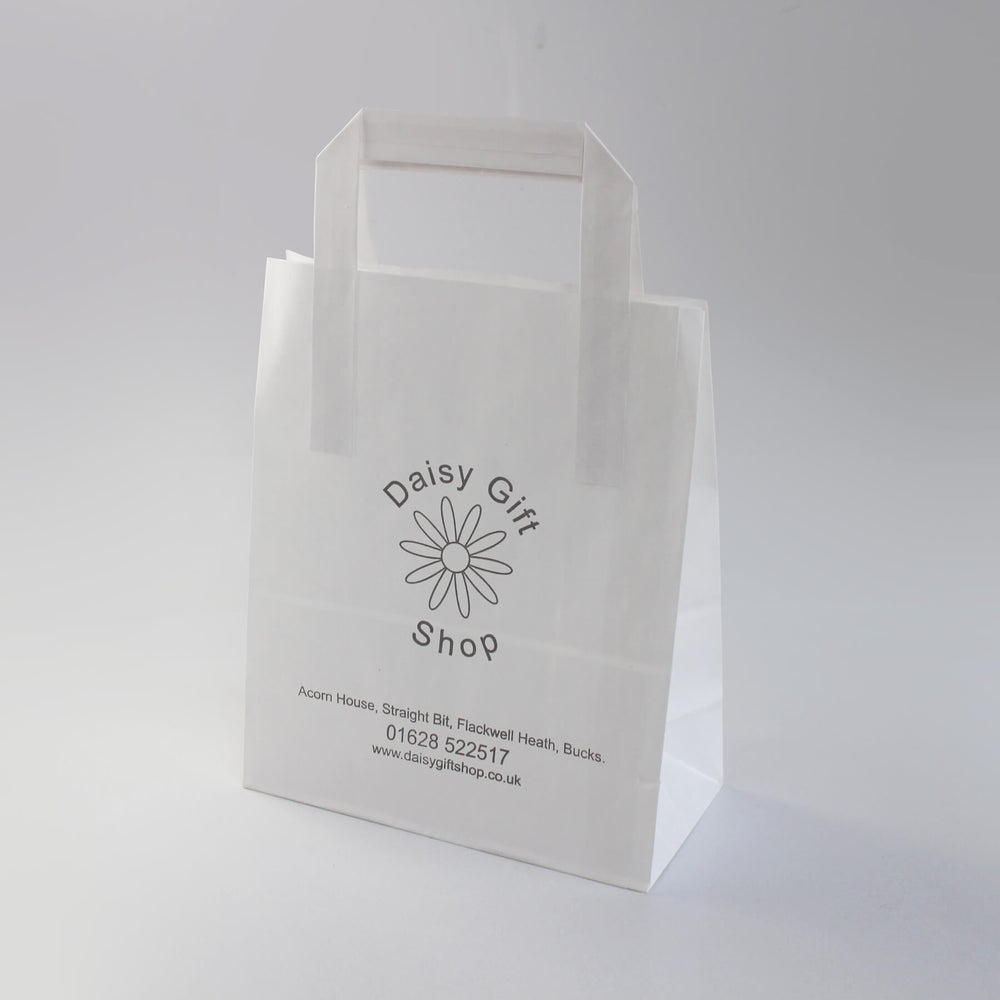Food packaging and printing are integral components of the food industry, serving not only as a means to protect and preserve food but also as a critical tool for branding and consumer engagement. As the demand for convenience and sustainability increases, innovative packaging solutions have emerged to meet these evolving consumer needs.
The primary purpose of food packaging is to ensure the safety and longevity of food products. Effective packaging protects food from contaminants, physical damage, and spoilage caused by environmental factors. For instance, vacuum sealing, modified atmosphere packaging, and airtight containers are widely used to extend the shelf life of perishable items, maintaining freshness, flavor, and nutritional quality. These advancements in packaging technology play a vital role in reducing food waste and enhancing food security.
In tandem with functionality, the aesthetics of food packaging—communicated through printing—plays a crucial role in attracting consumers. In a competitive marketplace, eye-catching designs and informative labels can significantly influence purchasing decisions. Printed elements, such as vibrant colors, logos, and nutritional information, help brands convey their identity and values, making them stand out on retail shelves. Additionally, packaging serves as a communication tool, providing essential details about ingredients, allergens, and storage instructions to ensure informed choices are made by consumers.
food packaging and printing

Sustainability is another driving force behind innovations in food packaging and printing. With growing environmental concerns, consumers increasingly prefer eco-friendly packaging solutions. Biodegradable materials, recyclable designs, and minimalistic packaging options are becoming more prevalent as companies strive to reduce their ecological footprint. Furthermore, advances in printing technology, such as digital printing, allow for more sustainable practices by reducing waste and energy consumption during production.
The integration of technology into food packaging is also reshaping the industry. Smart packaging, embedded with QR codes or NFC tags, offers interactive features that enhance consumer experience. These technologies can provide transparent information about the product's journey from farm to table, enabling consumers to track freshness and sustainability efforts.
In conclusion, food packaging and printing are crucial for protecting food, enhancing brand visibility, and meeting sustainability challenges. As the industry continues to evolve, the focus on innovative, functional, and environmentally friendly solutions will be essential to meet both consumer demands and global sustainability goals. The intersection of design, technology, and sustainability in food packaging is paving the way for a promising future in the food industry.



